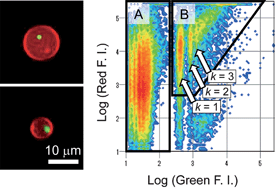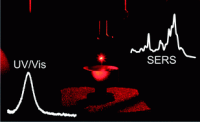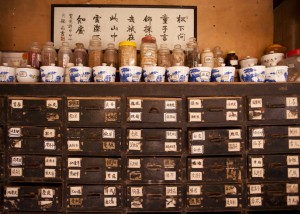It’s been a busy month with so many great papers, so here are some HOT articles from Analytical Methods that you might have missed this May!
Why not take a look, they will be free to read for 2 weeks.
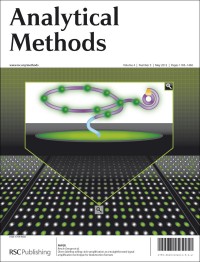 Automatic miniaturized flow methodology with in-line solid-phase extraction for quinine determination in biological samples
Automatic miniaturized flow methodology with in-line solid-phase extraction for quinine determination in biological samples
A. Margarida Vaz, André R. T. S. Araújo, João L. M. Santos, José L. F. C. Lima and M. Lúcia M. F. S. Saraiva
Anal. Methods, 2012, Advance Article
DOI: 10.1039/C2AY05818A
A selective fluorogenic sensor for visual detection of nitrite
Zhongwei Xue, Zhisheng Wu and Shoufa Han
Anal. Methods, 2012, Advance Article
DOI: 10.1039/C2AY25107H
Evaluation of an alternate microwave-assisted thermal desorption technique: compatibility with charcoal active and passive sampling for BTX exposure assessment in workplace atmospheres
Williams Estève and Eddy Langlois
Anal. Methods, 2012, Advance Article
DOI: 10.1039/C2AY25164G
Precision in chemical analysis: a critical survey of uses and abuses
Michael Thompson
Anal. Methods, 2012, Advance Article
DOI: 10.1039/C2AY25083G
Easy fabrication of a vibrating foil electrode
Min Lu, Neil V. Rees and Richard G. Compton
Anal. Methods, 2012, Advance Article
DOI: 10.1039/C2AY25352F
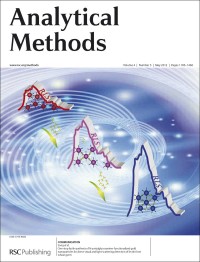 Identification of enzyme inhibitors using therapeutic target protein–magnetic nanoparticle conjugates
Identification of enzyme inhibitors using therapeutic target protein–magnetic nanoparticle conjugates
Lin-Sen Qing, Nan Tang, Ying Xue, Jian Liang, Yi-Ming Liu and Xun Liao
Anal. Methods, 2012, Advance Article
DOI: 10.1039/C2AY25320H
Chemical modificomics: a novel strategy for efficient biomarker discovery through chemical modifications on a target peptide
Takaaki Goto, Shota Kojima, Shohei Shitamichi, Seon Hwa Lee and Tomoyuki Oe
Anal. Methods, 2012, Advance Article
DOI: 10.1039/C2AY05841C
Green extraction using catanionic surfactants of trimethyltetradecyl ammonium bromide–sodium dodecyl sulfate for preconcentration of organophosphorus pesticides in fruit samples
Ketsarin Seebunrueng, Yanawath Santaladchaiyakit and Supalax Srijaranai
Anal. Methods, 2012, Advance Article
DOI: 10.1039/C2AY25238D















